On December 8
“I’m not afraid of dying. I’m prepared for death because I don’t believe in it. It’s just getting out of one car, and into another.”
~John Lennon
=============================================
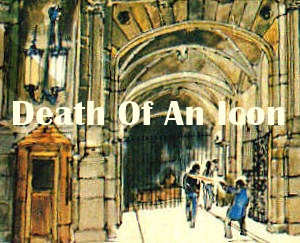
==============================================
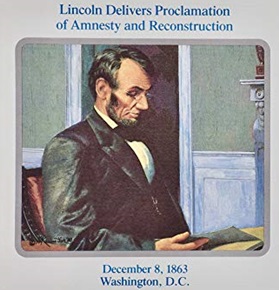
1863 – President Abraham Lincoln offered his conciliatory plan for reunification of the United States with his Proclamation of Amnesty and Reconstruction.
The proclamation addressed three main areas of concern. First, it allowed for a full pardon for and restoration of property to all engaged in the rebellion with the exception of the highest Confederate officials and military leaders.
Second, it allowed for a new state government to be formed when 10 percent of the eligible voters had taken an oath of allegiance to the United States.
Third, the Southern states admitted in this fashion were encouraged to enact plans to deal with the freed slaves so long as their freedom was not compromised.
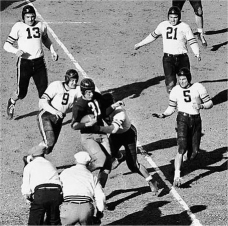
1940 – The National Football League Championship Game was not exactly a thriller. The Chicago Bears defeated the Washington Redskins, 73-0.
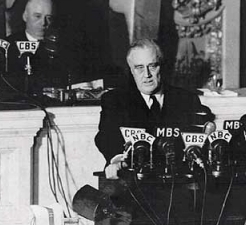
1941 – Delivering the most memorable speech of his career, President Franklin Roosevelt asked Congress to declare war on Japan.
“Yesterday, December 7, 1941 – a date which will live in infamy – the United States of America was suddenly and deliberately attacked by naval and air forces of the Empire of Japan.”
Roosevelt’s speech had an immediate and long-lasting impact on American politics. Less than an hour after he finished speaking, Congress declared war on Japan.
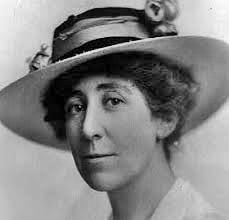
1941 – The speech didn’t impress everyone, especially a congresswoman.
Jeannette Rankin of Montana, the first woman elected to Congress and a dedicated lifelong pacifist, cast the sole Congressional vote against the U.S. declaration of war on Japan.
She was the only member of Congress to vote against U.S. involvement in both World Wars, having been among those who voted against American entry into World War I nearly a quarter of a century earlier.
Rankin believed that Roosevelt deliberately provoked the Japanese to attack because he wanted to bring the U.S. into the European war against Germany; she was determined not to cooperate with the president’s plan.
After a 40-minute debate on the floor of the House, a roll call vote began. When her turn came, Rankin stood and said, “As a woman, I can’t go to war and I refuse to send anyone else.”
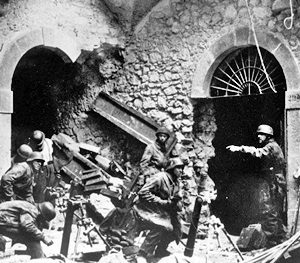
1943 – The German 117th Jäger Division destroyed the monastery of Mega Spilaio in Greece and executed 22 monks and visitors as part of reprisals for the murder of 78 German soldiers, who had been taken prisoner by Resistance guerrillas in October.
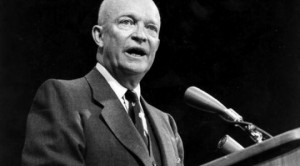
1953 – President Dwight Eisenhower delivered his “Atoms for Peace” speech to the U.N. General Assembly in New York City.
The speech was a tipping point for international focus on peaceful uses of atomic energy, even during the early stages of the Cold War. It has been argued that Eisenhower was attempting to convey a spirit of comfort to a terrified world after the horror of Hiroshima and Nagasaki.
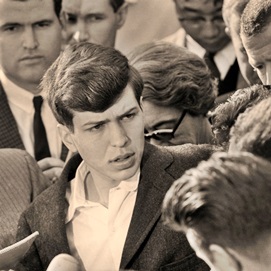
1963 – Frank Sinatra Jr. was kidnapped in Lake Tahoe, Nevada. He was set free three days later after his father paid a $240,000 ransom with no questions asked.
Three men were eventually caught, convicted and imprisoned for the crime.
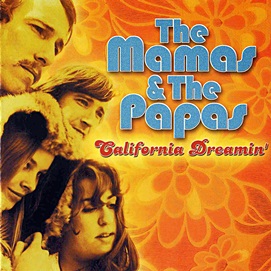
1965 – The Mamas & The Papas released California Dreamin’.
Rock Factoid: The song was written in 1963 while John Phillips and Michelle Phillips were living in New York City. John came up with the melody a few days after the couple had visited St. Patrick’s Cathedral, which inspired Michelle to write the second verse of the song (“Stopped into a church…”).
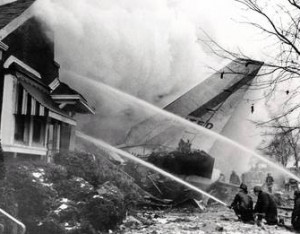
1972 – United Airlines Flight 553 crashed after aborting its landing attempt at Chicago Midway International Airport.
After the crew was told to go around and abort their first landing attempt, the aircraft struck trees and then house roofs before crashing into a house. A total of 45 people were killed in the accident, 43 of them on the plane.
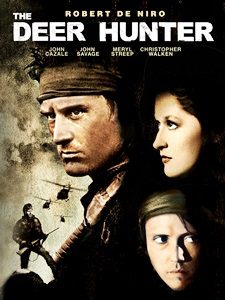
1978 – The Deer Hunter debuted at one theater each in New York and Los Angeles.
The release strategy was to qualify the film for Oscar consideration and close after a week to build interest. After the Oscar nominations, Universal widened the distribution to include major cities, building up to a full-scale release on February 23, 1979.
Filmed on a budget of $15 million, the movie earned over $50 million at the box office and received nine Academy Award nominations, winning five: Best Picture, Best Director (Michael Cimino), Best Supporting Actor (Walken), Best Sound, and Best Film Editing.
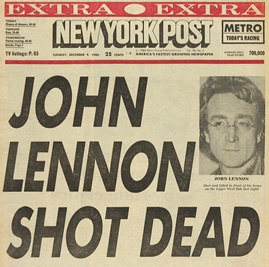
1980 – John Lennon was shot and killed in New York City. The 40-year-old former Beatle was entering the Dakota, a luxury Manhattan apartment building, when an obsessed fan shot him at close range with a .38-caliber revolver.
For the record, I know the killer’s name and so do you, but I never type his name. Never.

1982 – Sophie’s Choice, starring Meryl Streep as a Holocaust survivor, opened in theaters.
Streep went on to win a Best Actress Oscar for her role, firmly establishing herself as one of the greatest actresses of her generation in Hollywood.
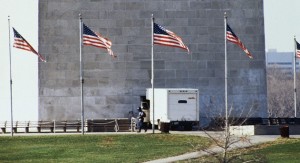
1982 – Norman Mayer held Washington at bay for 10 hours – bluffing about dynamite and a hidden accomplice, and preaching of nuclear doom.
He had driven a white van bearing the message #1 PRIORITY: BAN NUCLEAR WEAPONS in large letters on its side up to the base of the Washington Monument and jumped out wearing a black motorcycle helmet, a bright blue snowsuit, and carrying a remote control.
Mayer claimed that he would destroy the Monument with 1,000 pounds of TNT loaded in his van unless a national dialogue on the threat of nuclear weapons was seriously undertaken. Mayer also claimed that he had a hidden accomplice who also could detonate the explosives.
The U.S. Park Police evacuated nearby buildings and closed down area streets for several blocks. Eight tourists were initially trapped inside the Monument, but were released after Associated Press reporter Steven Komarow began negotiating with Mayer.
Ten hours into the negotiation, Mayer jumped in his van and started to drive off, threatening to become “a moving time bomb in downtown Washington.” The police opened fire, striking Mayer four times – twice in the head.
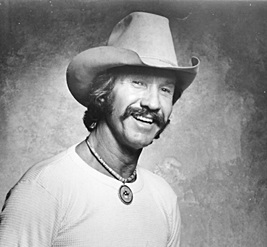
1982 – Marty Robbins died of a heart attack at the age of 57.
He recorded 52 studio albums and had eighteen #1 country hits, including El Paso (also a #1 pop hit), A White Sport Coat and A Pink Carnation, Don’t Worry, and My Woman, My Woman, My Wife.
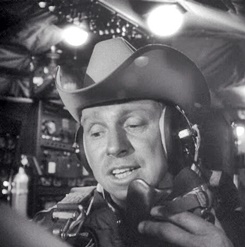
1983 – Actor Slim Pickens died at the age of 64 after surgery for a brain tumor.
He is best remembered for his comic roles in Dr. Strangelove (riding the atomic bomb to its target), Blazing Saddles, 1941, and his dramatic role in One-Eyed Jacks.
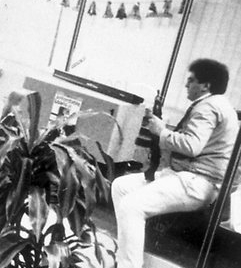
1987 – Failed law student Frank Vitkovic shot and killed eight people before plunging 11 floors to his death at the Australia Post building in Melbourne.
Vitkovic left behind a diary which included apologies to his family for his planned actions, and a suicide note. “It’s time for me to die. Life is just not worth living.”
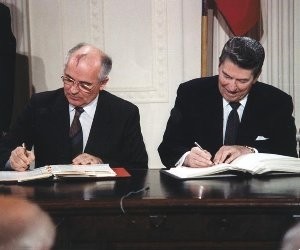
1987 – At a summit meeting in Washington, D.C., President Ronald Reagan and Soviet leader Mikhail Gorbachev signed the first treaty between the two superpowers to reduce their massive nuclear arsenals.
Previous agreements had merely been attempts by the two Cold War adversaries to limit the growth of their nuclear arsenals.
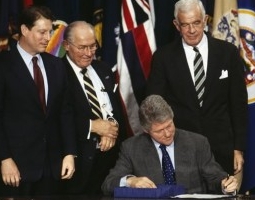
1993 – The North American Free Trade Agreement was signed into law by President Bill Clinton, who said he hoped the agreement would encourage other nations to work toward a broader world-trade pact.
NAFTA, a trade pact between the U.S., Canada, and Mexico, eliminated virtually all tariffs and trade restrictions between the three nations. The passage of NAFTA was one of Clinton’s first major victories as the first Democratic president in 12 years.
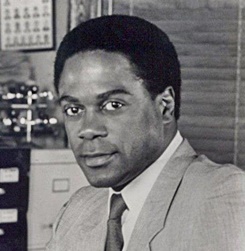
1996 – Actor Howard Rollins died after complications from AIDS-related lymphoma. He was 46.
In 1981, Rollins made his film debut in Ragtime, earned an Academy Award nomination for Best Supporting Actor. He is best remembered for his role as Virgil Tibbs on In the Heat of the Night from 1988 until he was dismissed from the series at the end of Season 6.
During the show’s run, Rollins struggled with addiction to drugs and alcohol. He was arrested four times for drug and alcohol-related crimes, spending one month in jail for reckless driving and driving under the influence.

2004 – Darrell Lance Abbott, known professionally as Dimebag Darrell and considered by many to be one of the most influential guitarists in heavy metal history, was shot and killed by a gunman while on stage during a performance with his band Damageplan. The former member and co-founder of Pantera was only 38.
25-year-old former Marine Nathan Gale jumped onto the stage, drew his 9mm Beretta M9 and shot Abbott in the head five times. The guitarist was pronounced dead at the scene.
Gale killed three other people and wounded seven more before being shot and killed.

2016 – John Glenn, one of the original Mercury Seven astronauts and the first American to orbit the earth, died at the age of 95.
Following his career at NASA, Glenn won election to the U.S. Senate in 1974 and served for 24 years until January 1999.
In 1998, while still a sitting Senator, Glenn flew on the Discovery space shuttle’s STS-95 mission, and became the oldest person (77) to fly in space and the only person to fly in both the Mercury and Space Shuttle programs.
Compiled by Ray Lemire ©2023 RayLemire.com / Streamingoldies. All Rights Reserved.